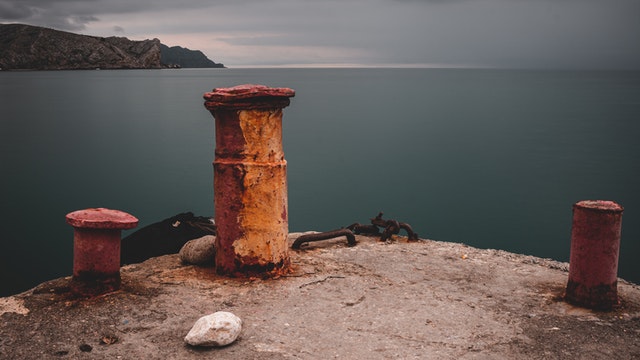Some docker snippets
Random docker snippets that have helped me out in the past

How to connect to a running container
docker exec -it <container-id> bash
How to move the image cache
# stop the docker service
sudo systemctl stop docker
# check the docker status is stopped
sudo systemctl status docker
# check there are not docker processes running
ps faux | grep -i docker
# create a folder for the new location of the docker images
mkdir /new/home/for/docker/images
# copy across all the images from the current home to the new home
rsync -avxP /var/lib/docker/ /new/home/for/docker/images
# edit the docker service configuration
sudo nano /lib/systemd/system/docker.service
# change this line
# ExecStart=/usr/bin/dockerd -H fd:// --containerd=/run/containerd/containerd.sock
# for this line
# ExecStart=/usr/bin/dockerd -g /new/home/for/docker/images -H fd:// --containerd=/run/containerd/containerd.sock
# reload the docker daemons
sudo systemctl daemon-reload
# start the docker service
systemctl start docker
# list images to check all working
docker images
# check location of images have now moved
docker inspect image_id | grep WorkDir
How to periodically prune dangling images
# navigate to cron job folder and create a new file
cd /etc/cron.daily
sudo nano docker-prune
The contents of the file with clean up the images every month:
#!/bin/bash
docker system prune -af --filter "until=$((30*24))h"
# provide the correct rights on the script file
sudo chmod +x /etc/cron.daily/docker-prune
How to migrate images from one registry to another
- login into the source registry
az acr login --name myregistry
or
docker login --username <uid> --password <pwd> <src-registry>
- pull the image
docker pull <src-image> -a
- re-tag the image
docker tag <src-registry>/<src-image:tag> <dest-registry>/<dest-image:tag>
- login into the destination registry
docker login --username <uid> --password <pwd> <dest-registry>
- push the image
docker push <dest-registry>/<dest-image:tag>
- (optional) save a
.tarof the docker image for backup
docker image save <dest-registry>/<dest-image> <filename>.tar
How to copy in and out of a container
# copy from the container to the host
docker cp <containerId>:/file/path/within/container /host/path/target
# copy from the host to the container
docker cp my.file <containerId>:/home/dir1
How to filter images
docker images --filter=reference='bit*/*:*'
assuming the following images on my system, if i were to execute the above command:
bitwarden/one:1.0
bitwarden/onepointfive:1.5
bitwarden/two:2.0
something/else:latest
I would expect the results:
bitwarden/one:1.0
bitwarden/onepointfive:1.5
bitwarden/two:2.0
executing the command docker images --filter=reference='bit*' would yield zero results because of the forward slash for multi part names. bit* is not the same as bit**
The difference between ENTRYPOINT and CMD
CMD allows us to override the call
ENTRYPOINT allows us to extend the call
for example:
if our Dockerfile ends with: CMD dosomething then we can run it as:
docker run \<docker-image\> ls
the ls command overrides the dosomething command
if our Dockerfile ends with: ENTRYPOINT ["dosomething"] then we can run it as:
docker run \<docker-image\> --myparam
this will run the dosomething command with the --myparam switch
can also use both commands to set the baseline and optional values that may be overriden:
ENTRYPOINT ["top", "-b"]
CMD ["-c"]
The
argsof adocker runcommand are thecommandentry of adocker-composefile.
Adding to the path
# add to PATH
ENV PATH /root/.dotnet/tools:$PATH
